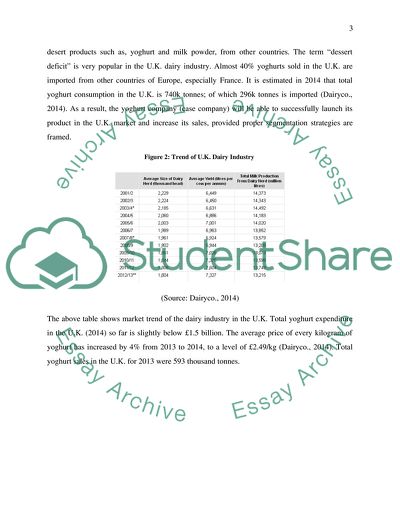Cite this document
(Expansion of a Yoghurt Producing Company in the Market of the United Case Study, n.d.)
Expansion of a Yoghurt Producing Company in the Market of the United Case Study. https://studentshare.org/marketing/1832722-marketing-report
Expansion of a Yoghurt Producing Company in the Market of the United Case Study. https://studentshare.org/marketing/1832722-marketing-report
(Expansion of a Yoghurt Producing Company in the Market of the United Case Study)
Expansion of a Yoghurt Producing Company in the Market of the United Case Study. https://studentshare.org/marketing/1832722-marketing-report.
Expansion of a Yoghurt Producing Company in the Market of the United Case Study. https://studentshare.org/marketing/1832722-marketing-report.
“Expansion of a Yoghurt Producing Company in the Market of the United Case Study”. https://studentshare.org/marketing/1832722-marketing-report.


